Q. What is Parental Abuse?
A. Parental abuse, also called by other names (CPV - Child to Parent Violence; APV - Adolescent to Parent Violence) is when a child/adolescent abuses a parent.
This can be done through words (threatening) or physical actions, and often results in fear for the safety of the abused parent. It usually refers to physical violence. However there are other types of abuse as well.
If you are being threatened or physically harmed by your teenager, it is important to take steps to ensure your safety. This may mean leaving the home temporarily until things calm down, calling the police, or seeking help from a friend or family member.

Important Caveat:
You might be hesitant to think of what you’ve been experiencing as parental abuse, and that’s ok. The word abuse is certainly a loaded one. I wouldn’t even advise you to use this word unless and until you’ve thought through the ramifications and are clear in the way you’re using it since it has different connotations depending on the context and who is receiving the communication.
Abuse as a legal allegation should be clearly distinguished from other uses, and so while it’s unfortunate that the same word is used it is the reality we live in. Whether your experiences rise to the level of abuse in a legal sense, I want you to consider in a general sense the effects on you, and what if any danger or risk is still present.
Underlying Issues
It is also important to seek professional help to address the underlying issues that may be contributing to your teenager's violent behavior. Parents are often surprised to learn that their child's aggression may be due to undetected mental health issues such as depression, anxiety, or ADHD. Therapists can help identify and treat these issues, which may help reduce your teenager's risk of engaging in future acts of violence. It’s worth noting that this is a process and in no way a guarantee that your child/teen will not become violent again.... In the meantime, you must take steps to keep yourself and your family safe. YOUR safety is what we’re focusing on today.
Remember:
You are responsible for your safety. If you feel like you are in imminent danger, remove yourself from the situation and call the police if needed. This isn't legal advice so you might want to find out what processes are in your locale be talking to legal professionals where you live who are experienced in similar matters. That should give you some insights on your options...
Your emotional safety is important as well. If you’re always on guard against threats and fear of what’s going to happen next, you may not feel safe emotionally. You may be afraid you might accidentally say something to set your teen or other family member off and start an explosive episode.
Financial safety can be another issue.
Property damage,
Theft,
Unauthorized purchases
…These can all be safety issues.
Q. Do You Need a Safety Plan?
If anyone in your home, including your teenager has a pattern of aggression, it's important to create a safety plan for your specific situation and concerns. You can do this on your own, with a friend, or perhaps with the help of a counselor or coach. A safety plan is a set of steps that you and others in your family can take to minimize the risk of violence or injury.
NINE TIPS for Creating Your Safety Plan:
1. If you haven't - You may want to clearly communicate to your teenager that there is no excuse for violence and that there will be consequences if they act aggressively. However, your teen’s agreement or cooperation should not be a factor in your ability to carry out your safety plan. Your safety (and that of your family) cannot depend upon the cooperation of the most volatile member of the family.
2. Obviously Keep any guns or weapons locked up and out of reach, preferably off the premises of your home.
3. You may also want to invest in a lock box or lockable cabinet for sharps such as kitchen knives, scissors, tools, etc.
4. If things tend to be thrown or broken, you can use inexpensive plastic glasses instead of breakable ones, paper plates and put away breakable nick knacks and precious framed photos for safekeeping.
5. Consider Creating a safe space for yourself and your loved ones, away from your teenager when needed
6. Have an exit strategy in case things escalate
7. Have someone else around to help monitor the situation
8. Develop a support system for yourself
9. Identify and notice “triggers” and patterns around your teen’s violent behaviors and leading up to them.
In addition to your personal safety plan (that may include others such as other children or pets) you may also want your teen to have their own safety plan when they have a pattern of aggression. But here's a hint:
It may be easier for them to create this plan with someone else first, then share and confirm it with you. The plan should include safe people and places your teen can go to if they feel like they're getting angry, as well as a way to safely remove themselves from a situation that's becoming too dangerous. You also want to make sure your teen knows how to de-escalate situations and use calming techniques.
Whatever counseling or program used to help them, is going to depend a lot on their willingness and openness to learn, change and grow. You can set an example of this by taking your own safety seriously.
Q. How Can YOU Prioritize Safety?
Make safety the top priority and a non-negotiable. When you’re flexible on most other things, this will stand out as something serious to you. Don’t leave safety to chance. Make it clear that safety is priority as a matter of fact, routine thing.
If your safety is ever at risk, you need to take steps to ensure safety first and foremost. If that means distancing yourself from your aggressive child or other family member, then that's what you need to do. If another family member is inflaming and inciting your child then that person is an unsafe person for you both.
Safety should always be your number one concern when interacting with an aggressive or violent person, including your child. If you feel like you are in danger, you may need to ensure your safety by removing yourself from the situation or seeking help from authorities. If possible, try to de-escalate the situation by communicating clearly and calmly. It may also be helpful to find someone who can mediate the discussion and help keep things calm.
However, if talking doesn't work or is not safe, it's best to simply remove yourself from the situation until things have calmed down. I had to learn this - It is not the time to teach a lesson, convince them of your position or your love, or get them to agree with you. Emotions can flare and it can be hard to think through the best way to respond in the moment. That’s why planning ahead is key.
Would you like my free Safety Planning Guide? Click the button to learn how to get the guide as well as an audit of your safety plan by me!
IMPORTANT: If you are experiencing an urgent safety matter get emergency help immediately.
And as always,
keep learning, keep growing & keep loving.
💜🩷♥️
Dawn
______________________________________________________

Post Adoption (Mom) Coach
“STANDING IN THE GAP FOR 2ND MOMS”
Dawn Baggett is a podcaster and thought leader in Christian post adoption. As a Certified LifeMapping(R) Coach, Dawn helps Christian adoptive moms navigate the challenges of their non-traditional families with their own brand of success!
DISCLAIMER: I’m a coach, not a doctor nor a therapist. As a coach I do not offer mental or medical health diagnosis, treatment or cures. Furthermore, I am no longer a practicing attorney and do not offer individual legal advice. For individual advice related to your own personal situation I recommend you seek out an appropriate professional. Coaching may fill a spot in your overall support network.
—
Copyright © 2024 Dawn T. Baggett, JD & Legacy Living, LLC - All rights reserved
—
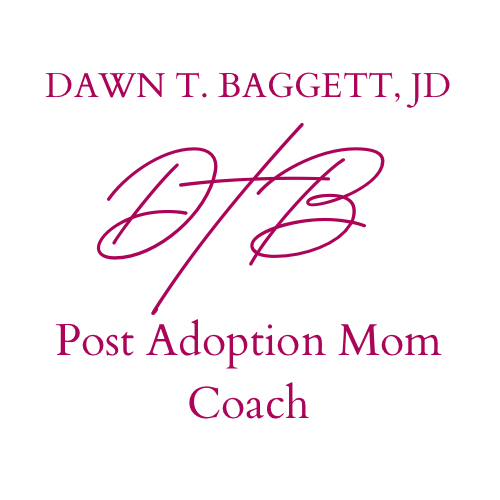

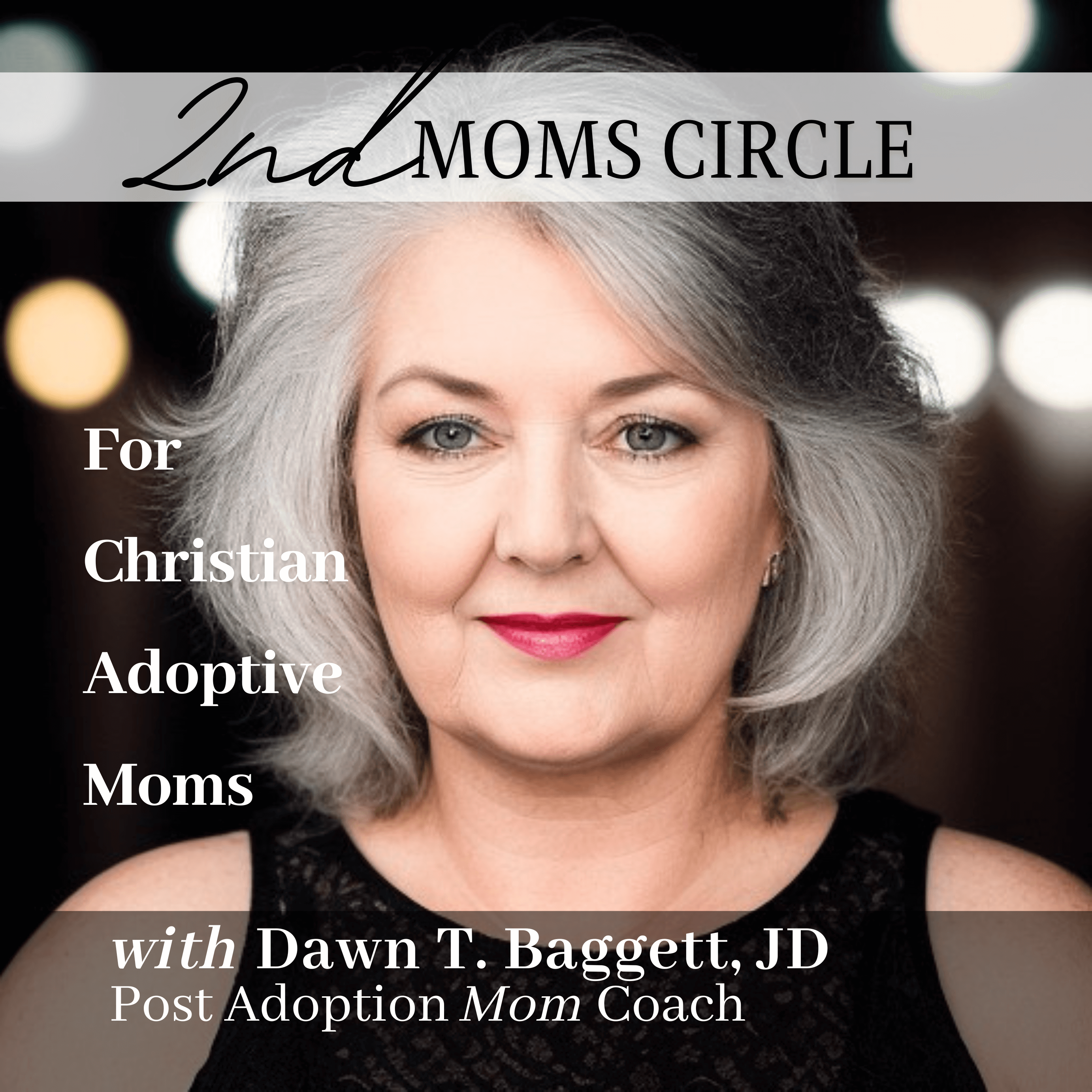
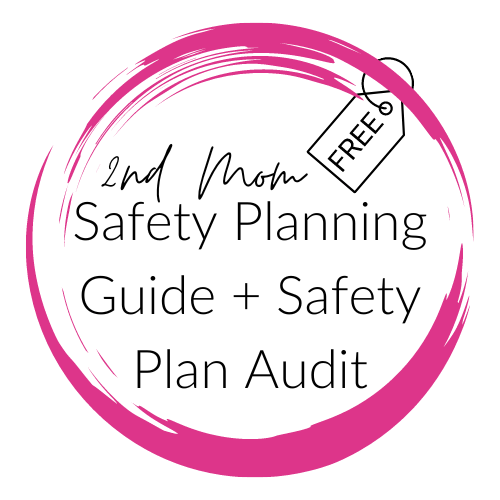
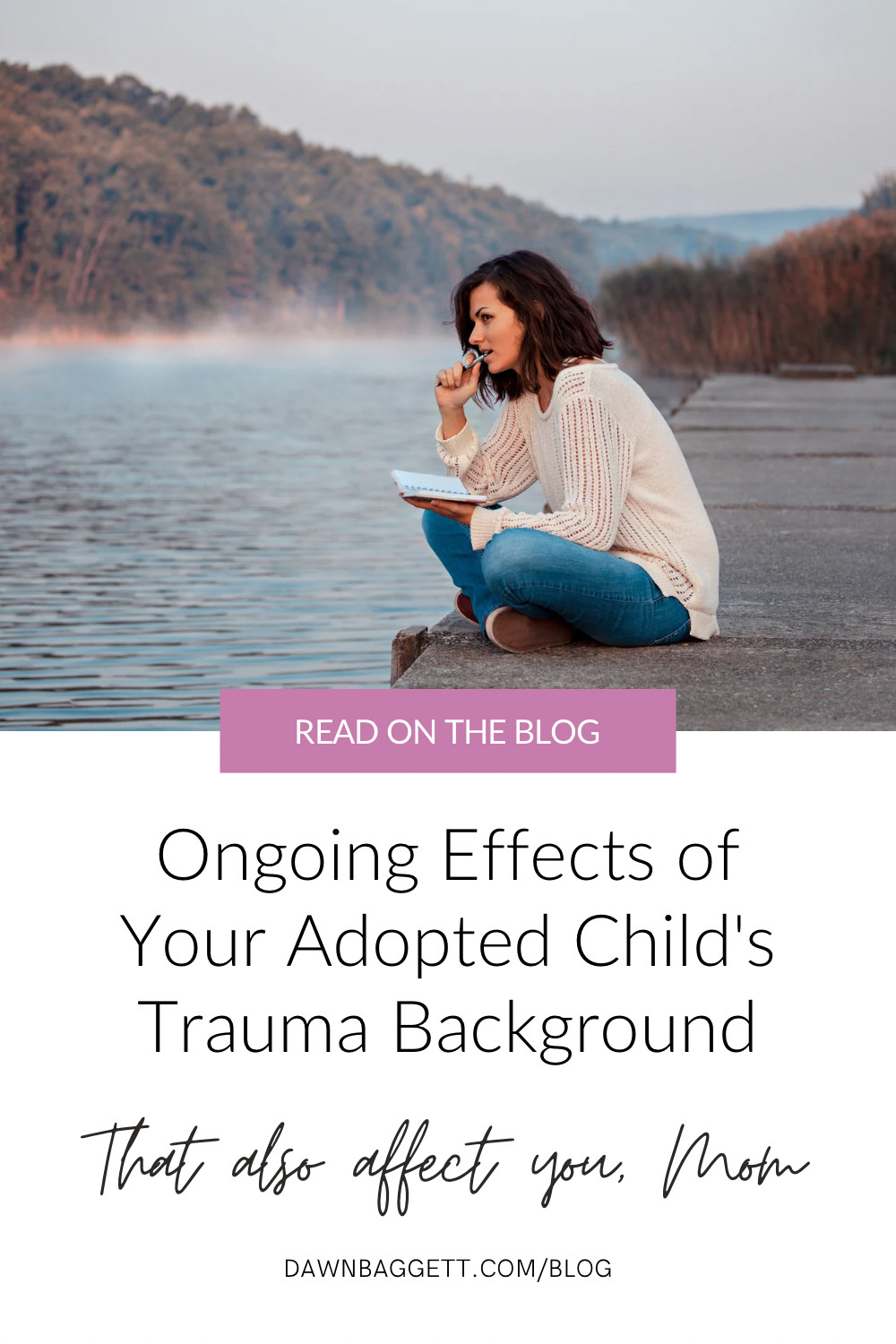

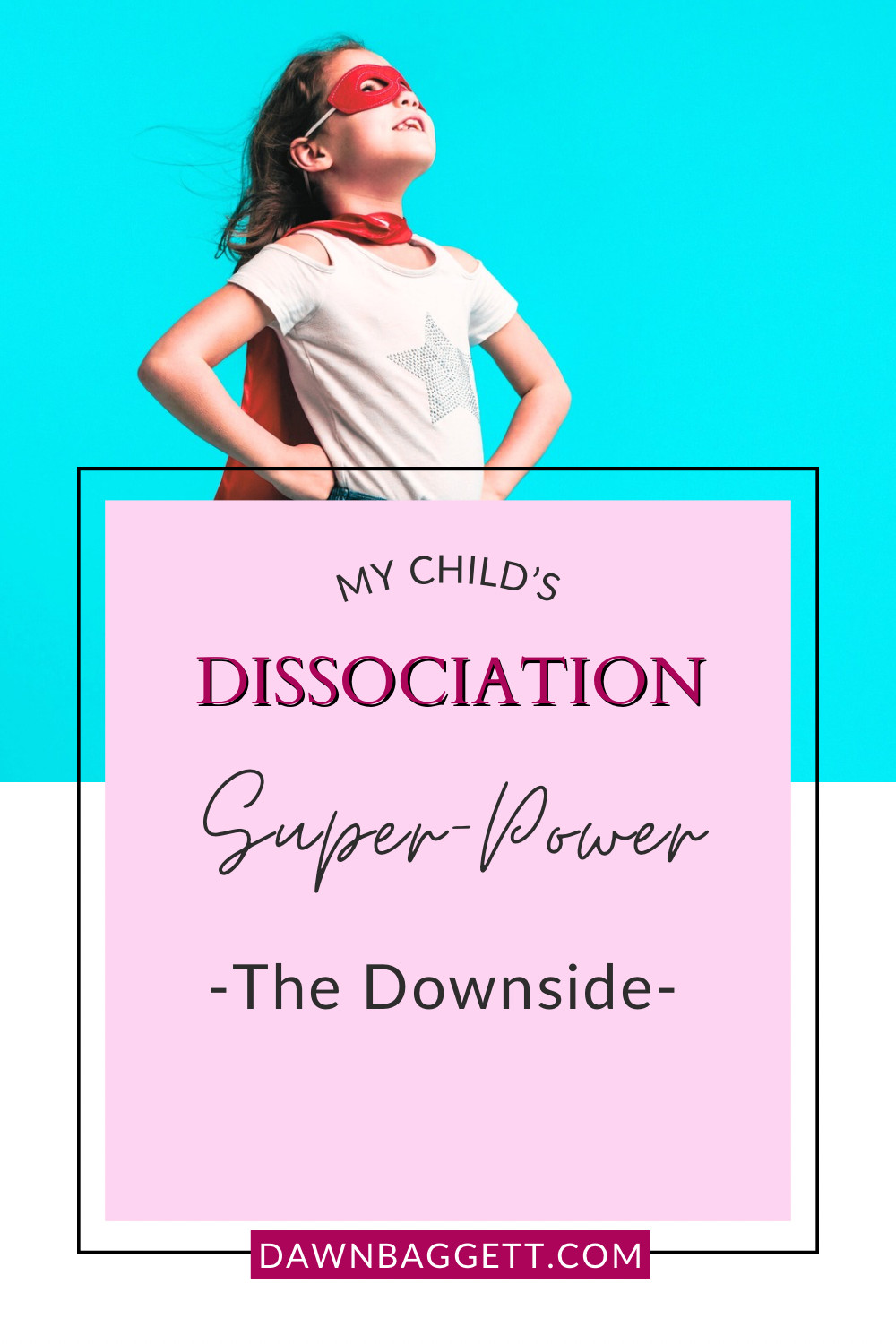
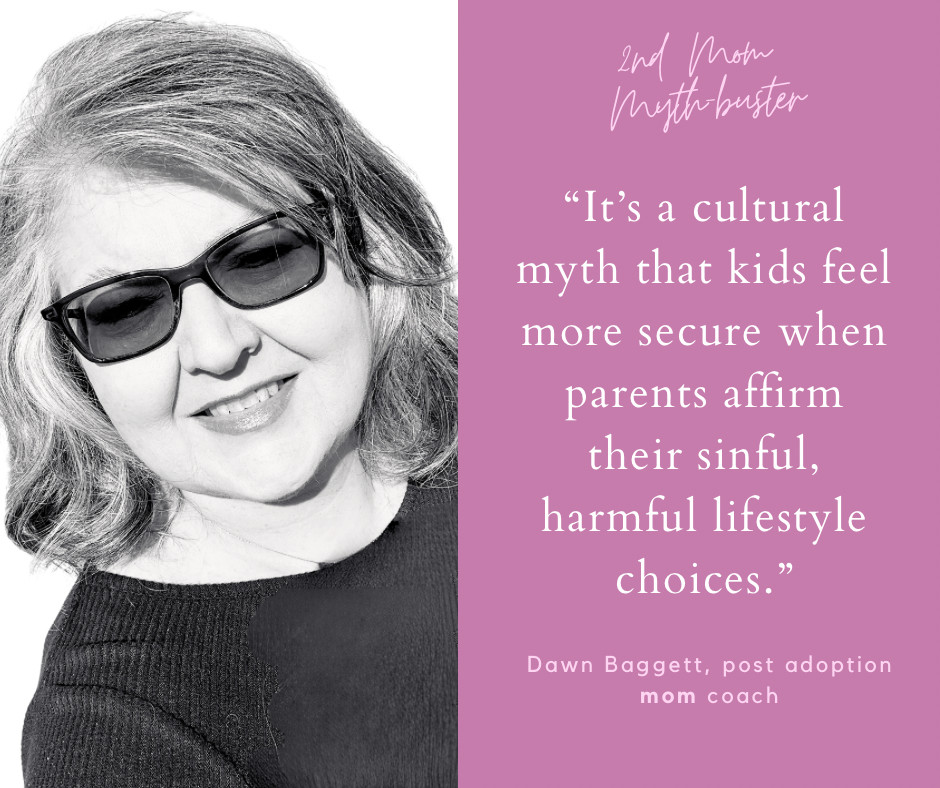




0 Comments